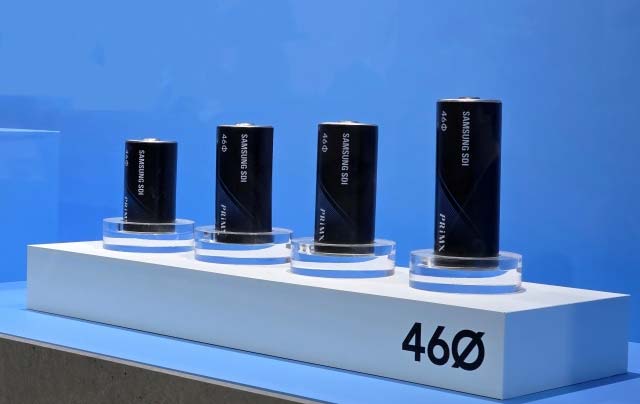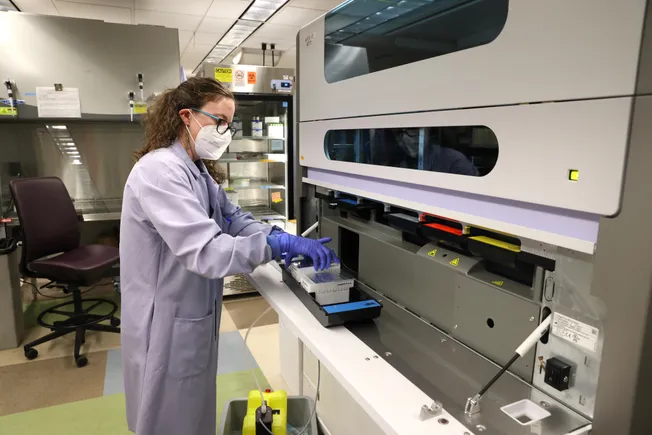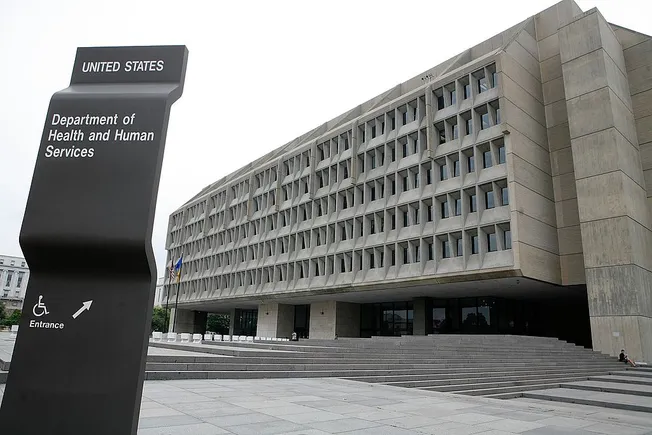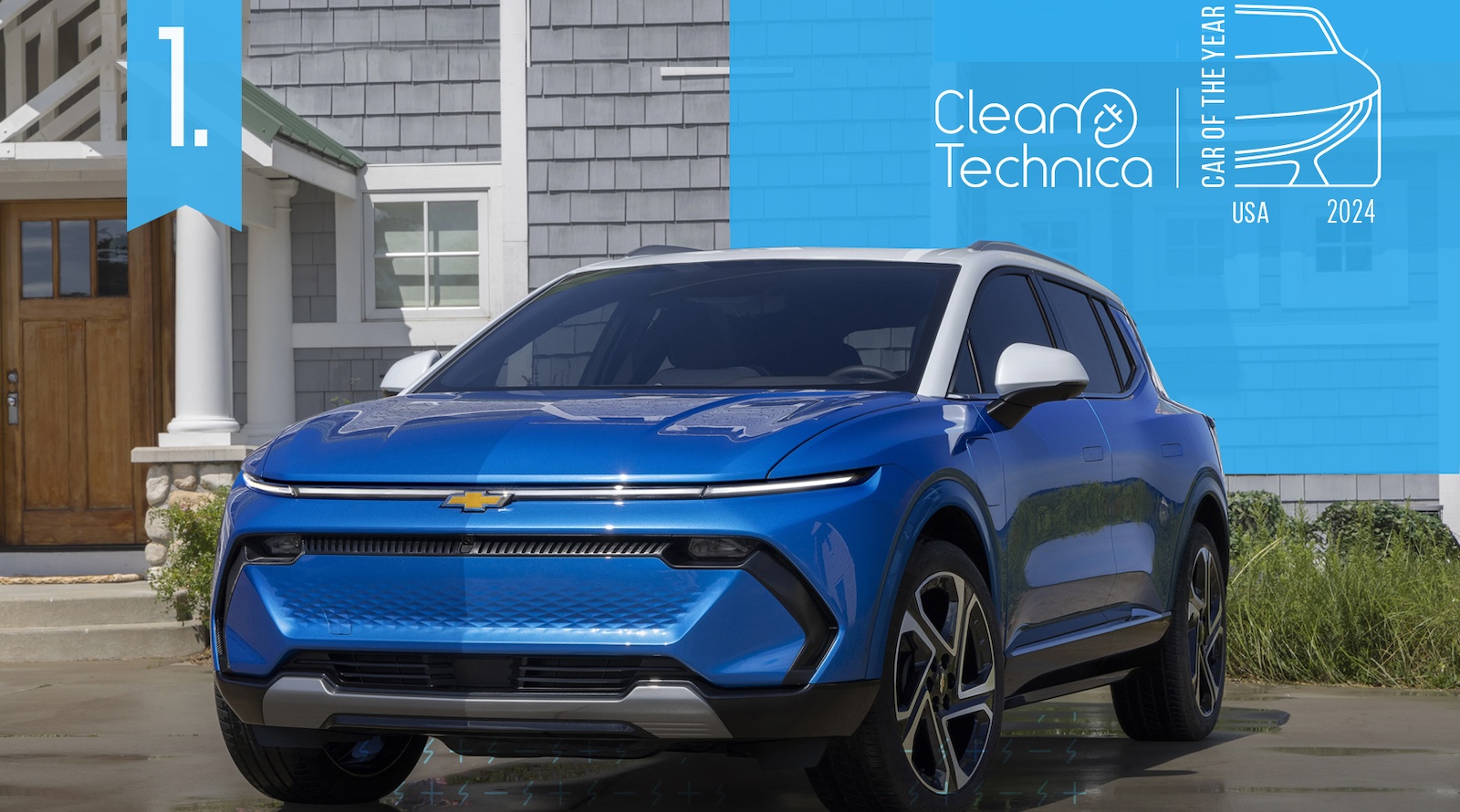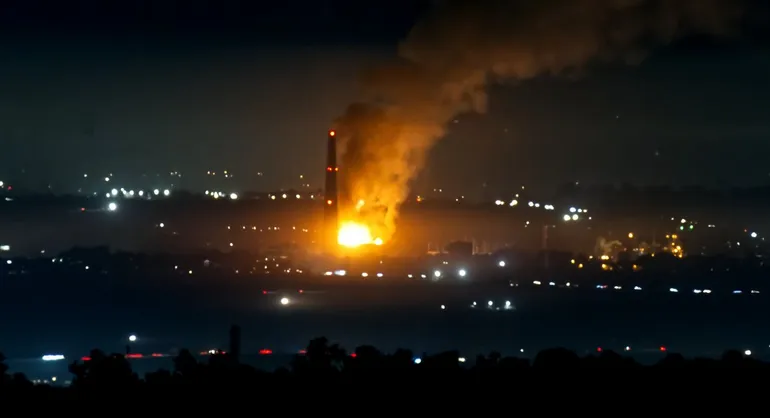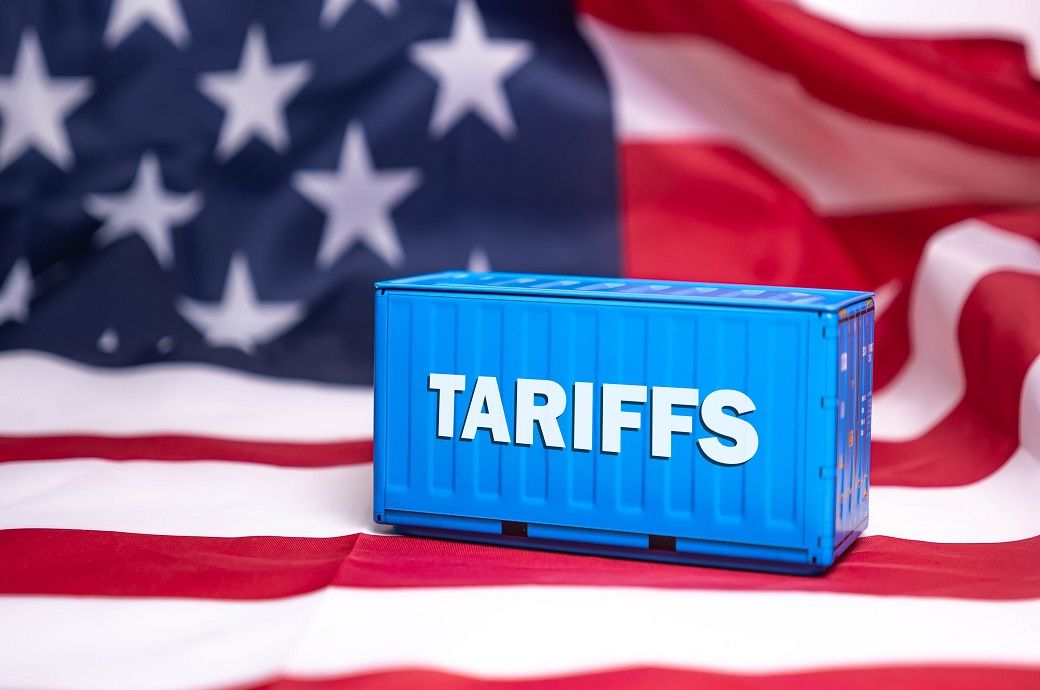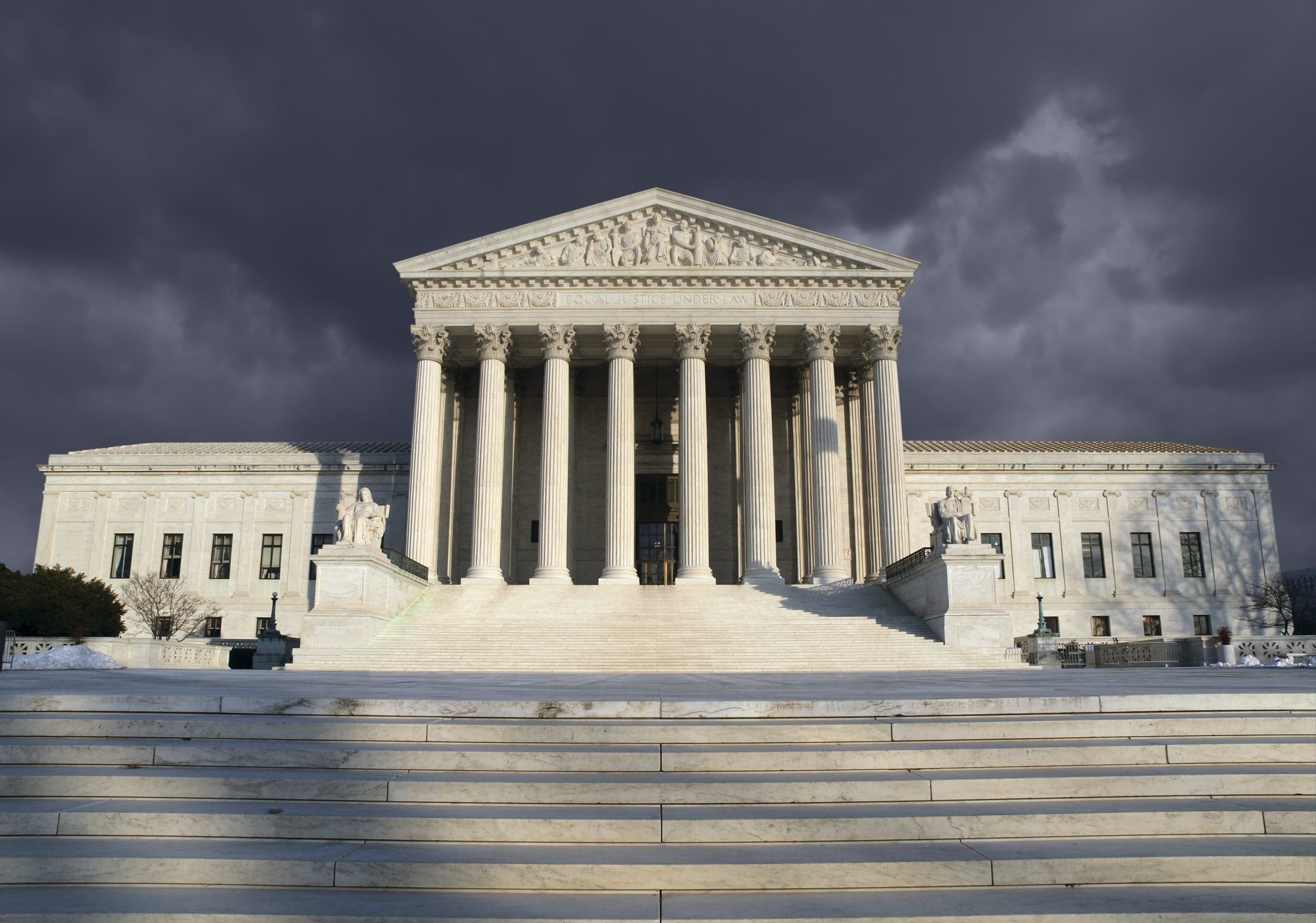Supreme Court upholds regulation of “ghost guns”
The Supreme Court on Wednesday upheld a Biden-era rule regulating so-called “ghost guns” – untraceable weapons without serial numbers, assembled from components or kits that can be bought online. By a vote of 7-2, the justices held that the Gun Control Act of 1968 allows... The post Supreme Court upholds regulation of “ghost guns” appeared first on SCOTUSblog.
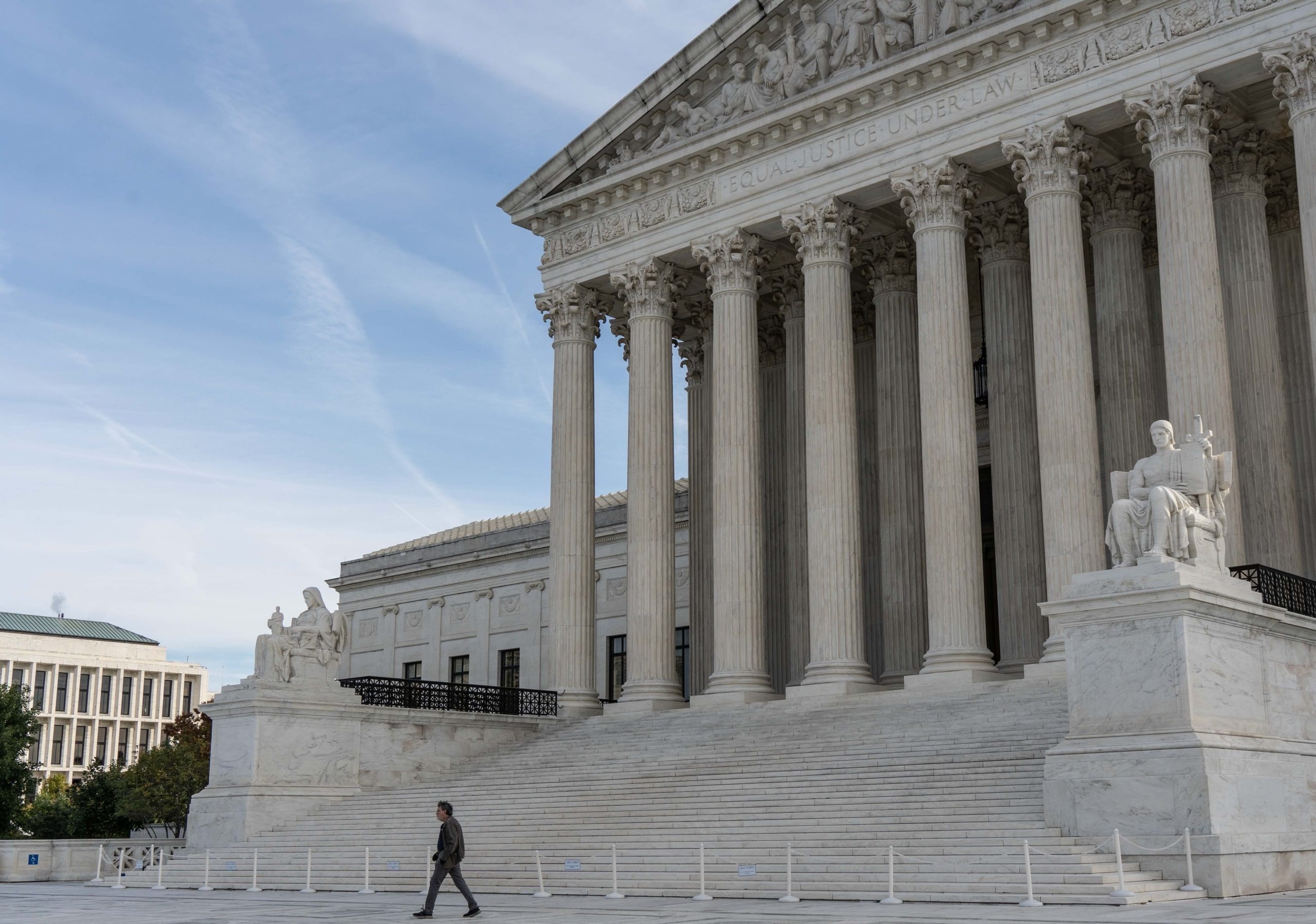

The Supreme Court on Wednesday upheld a Biden-era rule regulating so-called “ghost guns” – untraceable weapons without serial numbers, assembled from components or kits that can be bought online. By a vote of 7-2, the justices held that the Gun Control Act of 1968 allows the Bureau of Alcohol, Tobacco, Firearms, and Explosives to regulate at least some ghost guns, although they left open the possibility that the rule might not apply in individual challenges to particular ghost guns.
Justice Clarence Thomas dissented from the court’s decision, complaining that it had agreed to “rewrite statutory text.” Justice Samuel Alito wrote his own dissent in which he contended that his colleagues had resolved the dispute based on an issue that the lower court had not reached and the parties had not really addressed.
The ATF adopted the rule in 2022 to address what it characterizes as an “exponential” increase in ghost guns. The Gun Control Act defines a “firearm” as “any weapon … which will or is designed to or may readily be converted to expel a projectile by the action of an explosive,” including “the frame or receiver of any such weapon.”
The ATF contended that the 2022 rule was consistent with the language of the law because it defines “firearm” to include products, such as gun kits, that can be converted into an operational gun or a functional frame (the basic structure of the gun) or receiver (the part of the gun that houses the firing mechanism). The rule also clarified that the terms “frame” and “receiver” include partially complete or disassembled frames or receivers that can be “readily” completed or converted to work as a frame or receiver.
But a group that included two individual gun owners and a gun-rights advocacy group went to federal court in Texas to challenge the rule. A federal district judge in Fort Worth prohibited the agency from applying the rule anywhere in the United States.
Although the conservative U.S. Court of Appeals for the 5th Circuit largely upheld that decision, a divided Supreme Court put the district judge’s order on hold, allowing the Biden administration to enforce the rule while it appealed. Four justices – Clarence Thomas, Samuel Alito, Neil Gorsuch, and Brett Kavanaugh – indicated that they would have denied the government’s request then.
In a 24-page opinion by Gorsuch on Wednesday, the court upheld the rule.
Congress enacted the Gun Control Act, Gorsuch explained, because it found that then-current “gun control measures … allowed criminals to acquire largely untraceable guns too easily.” The act requires manufacturers to put a serial number on guns and regulates commercial gun sales by (among other things) requiring gun manufacturers and dealers to conduct background checks and keep records of gun sales.
Advances in technology, Gorsuch noted, such as 3D printing and reinforced polymers, have changed the way in which guns are manufactured and sold. And in particular, “companies are able to make and sell weapon parts kits that individuals can assemble into functional firearms in their own homes.” These kits are popular among hobbyists, Gorsuch wrote, but also among criminals, because some manufacturers and sellers do not regard them as “firearms” subject to the Gun Control Act and therefore do not comply with the act’s requirements – leading to “an explosion of crimes” around the country.
Gorsuch emphasized that the challengers in this case were not asking the Supreme Court to decide whether the rule regulating ghost guns could be applied to specific kinds of ghost guns – that is, to “particular weapons parts kits or unfinished frames or receivers.” Instead, he stressed, the challengers had asked the courts to hold that the rule could not be applied to any ghost guns. But the Supreme Court declined to do so.
First, Gorsuch explained, the Gun Control Act allows the ATF to regulate weapons parts kits. The text of the act, he reasoned, imposes two criteria. First, there must be a “weapon.” And the “weapon” must “be able to expel a projectile by the action of an explosive,” be “designed to do so,” or be “susceptible of ready conversion to operate that way.”
In contrast with the 5th Circuit, Gorsuch concluded that “at least some kits will satisfy both” of these requirements. He used as an example a kit named the “Buy Build Shoot” kit, by a company called Polymer80, that allows the buyer to quickly and easily build a “Glock-variant semiautomatic pistol.” An “ordinary speaker might well describe the ‘Buy Build Shoot’ kit as a ‘weapon,’” Gorsuch posited, even if “perhaps a half hour of work is required before anyone can fire a shot.” He noted that “even as sold, the kit comes with all necessary components, and its intended function as instrument of combat is obvious. Really, the kit’s name says it all: ‘Buy Build Shoot.’”
And the “Buy Build Shoot” kit also meets the second criterion, because it can be “readily converted” into a firearm, “for it requires no more time, effort, expertise, or specialized tools to complete” than a starter gun, which is explicitly mentioned in the Gun Control Act.
Gorsuch acknowledged that “[w]eapons parts kits vary widely” and “may require more time, expertise, or specialized tools to finish.” But the Supreme Court does not need to decide in this case when “a kit may be so incomplete or cumbersome to assemble that” the ATF can no longer regulate it under the Gun Control Act, he determined.
Gorsuch concluded, again in contrast to the 5th Circuit, that the Gun Control Act also allows the ATF to regulate partially finished frames and receivers. Gorsuch’s opinion offered a picture of a “complete frame of a Glock-variant firearm” above a picture of a “partially complete frame” sold by Polymer80, highlighting what he described as the “main differences” between the two – a pair of plastic tabs that the buyer would need to remove, and then add pins. Here too he observed that “an ordinary speaker might well call Polymer80’s product a firearm ‘frame’ even though a little work is required to complete. Just look again at the second photo,” Gorsuch pleaded. “What else would you call it?”
Gorsuch added that the ATF has in the past “consistently interpreted” the Gun Control Act to apply to at least some unfinished frames and receivers, “including ones no more finished than Polymer80’s product.” These “contemporary and consistent views” “can provide evidence of the law’s meaning,” he noted. And indeed, he continued, the challengers say that that they do not dispute the ATF’s “prior practice” – “a concession that all but gives the game away.” Although the challengers contend that the new rule regulating “ghost guns” goes too far, he said, “for our purposes, what matters is that even the plaintiffs do not really insist that” the rule “reaches only finished frames and receivers.”
As with weapons parts kits, Gorsuch conceded that the court’s “reasoning has its limits.” “Some products,” he wrote, “may be so far from a finished frame or receiver that they cannot fairly be described using those terms. But this case,” he concluded, “requires us to explore none of that.”
This article was originally published at Howe on the Court.
The post Supreme Court upholds regulation of “ghost guns” appeared first on SCOTUSblog.





























